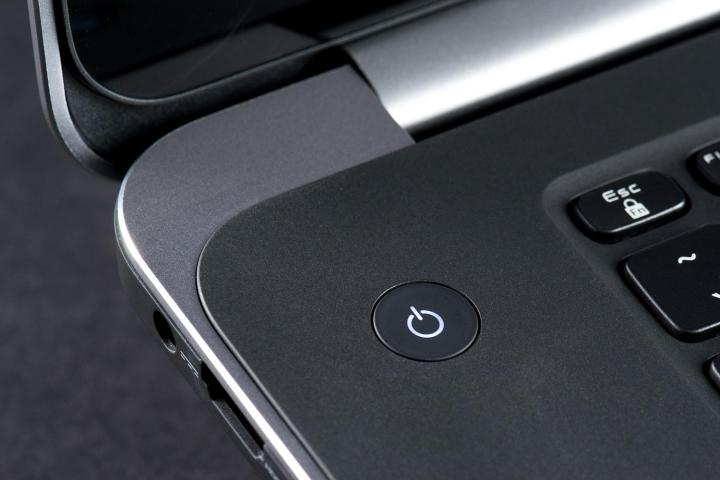
So you’re working on a presentation or report or something, and you need to step away from your computer for a bit. You don’t want to leave it on because you’re good and energy-conscious like that, but you don’t want to waste all that time shutting down your computer then turning it back on later. What do you do?
Well, you’ve got about two options: hibernation or sleep. Ever wonder what the differences between the two were? Here, we break them down for you.
Hibernation
- This takes everything you have running on RAM, including open windows and apps, and moves it to a special file on your hard drive.
- Then your computer shuts down completely.
- When you turn your computer back on, it grabs everything saved in that file faster than if you’d shut down the computer normally.
- This option doesn’t consume any power or battery life because your computer is technically off.
- This option is best if you’re going to be away from your computer for more than a few hours.
- The main downside of hibernate is that hibernating and rebooting your computer takes a lot longer than just letting it fall asleep then waking it back up. Time is a precious resource, and you don’t want to waste it in front of a booting computer. So, only hibernate your computer if you’re going to be away from it for prolonged amount of time.
- You will not be able to run any programs while your computer is hibernating.
Sleep
- This is sort of the inverse of hibernation: most of a computer’s operations (like the hard drive) are turned off and RAM is placed in a minimum power state.
- When you “wake up” your computer, it boots quickly. This is because your computer is still on and using power/battery life when its sleeping.
- Use this option if you’re going to be away from your computer for a couple minutes or maybe an hour, like if you getting lunch or coffee.
- A sleeping computer is still a working computer: it’s still running basic functions and using electricity. After a while, putting your rig in sleep mode can affect your computer’s performance. Give your processor a break from time to time and shut down your computer.
- As with hibernation mode, you will not be able to use your computer when it’s asleep. Yes, your applications will still be “running” while your computer’s asleep, but they’ll be in standby mode, and can be resumed once you wake up your computer.
What do you think? Sound off in the comments below.


